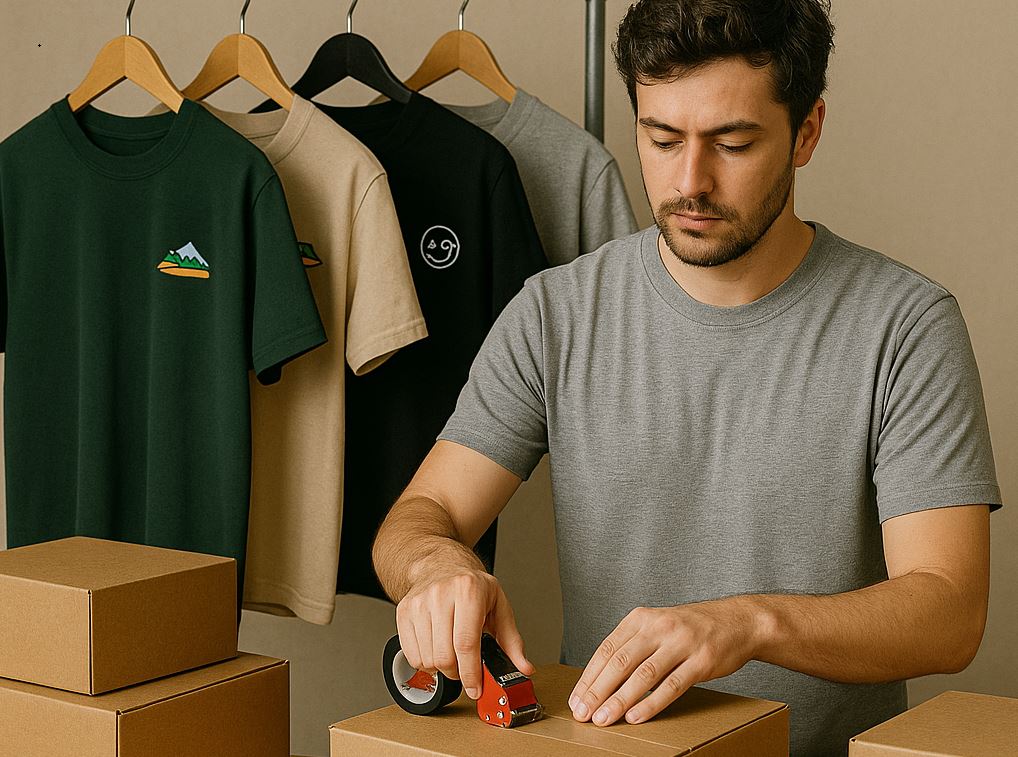News
Embroidery On Demand: Debunking the Myths Before You Start Your Business
The idea of starting an embroidery-on-demand business sounds, at first glance, like a dream wrapped in aesthetic Instagram reels. You imagine yourself sipping coffee, digitizing cute designs, and making money while your embroidery machine hums happily in the background. No messy stock, no late-night sewing marathons, no big capital. Just your creativity turned into wearable art.
But as with any creative business that gets glamorized online, embroidery on demand comes with a generous serving of myths—half-truths, wishful thinking, and oversimplified tutorials that gloss over the hard stuff.
Before you jump into this field with a cart full of stabilizers and high hopes, it’s time to pause, dig deeper, and separate fact from fiction. This article will walk you through the most common embroidery-on-demand myths and why believing them could stall—or even sink—your startup.
Myth #1: “Embroidery-on-demand is basically the same as print-on-demand, just fancier.”
The appeal of print-on-demand lies in its simplicity. You upload a design, customers place orders, and a third party prints and ships the product. You never touch a t-shirt. You don’t see the printer. You just make passive income in your sleep.
So it’s tempting to think embroidery-on-demand is just the same process with thread instead of ink.
It’s not.
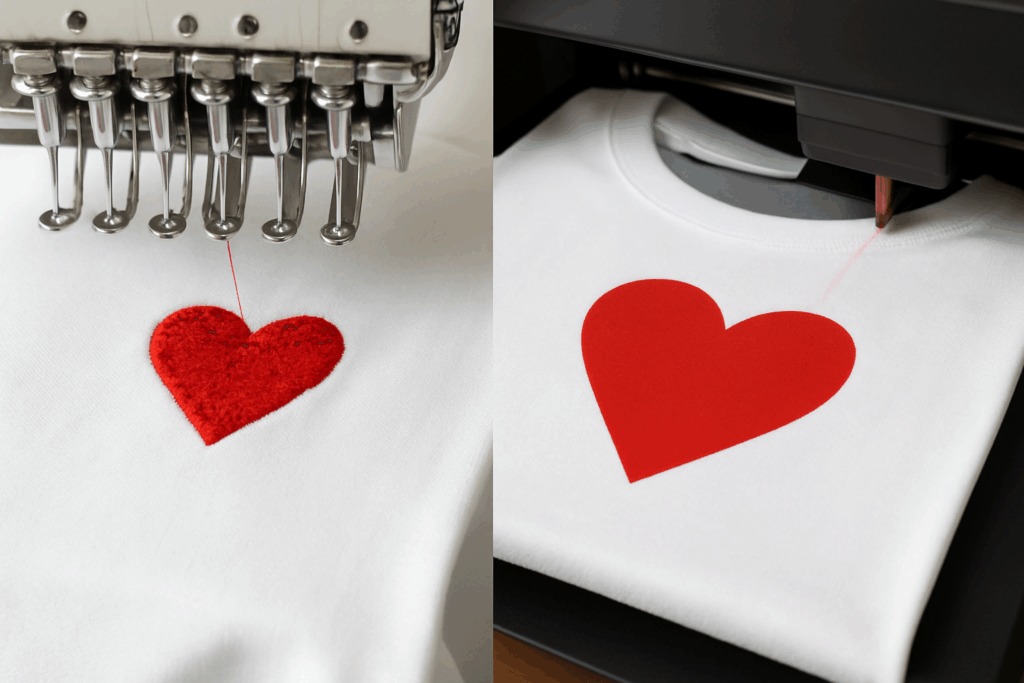
Embroidery is a physical craft, even when digitized. Each piece takes time to stitch—not seconds, but minutes or even hours depending on size and complexity. Machines break needles. Threads get tangled. And the stitching process must be carefully calibrated for each type of fabric and design.
Even if you’re outsourcing the stitching, the preparation work is far more involved than clicking “upload.” A design must be digitized (a specialized process entirely separate from graphic design), tested, and often tweaked multiple times. Unlike flat ink, embroidery adds dimension and texture—and it behaves differently depending on the material.
Print-on-demand might feel like an e-commerce shortcut. Embroidery-on-demand, in contrast, is a long-haul journey of technique, material knowledge, and relentless quality control.
Myth #2: “You can start with one cheap machine and scale up from there.”
Technically, yes—you can start with a small, entry-level embroidery machine, often marketed toward hobbyists or home crafters. These cost anywhere from $300 to $1000 and seem like a low-risk gateway to the business.
But here’s the reality: those machines are not built for commercial work.
They often have smaller hoops, slower stitching speeds, limited thread color capacity, and require manual thread changes between each color. If you get more than a handful of orders a week, you’ll quickly find yourself drowning in labor hours—hooping, rethreading, troubleshooting.

What’s more, consumer-grade machines aren’t designed to run for hours nonstop. You’ll encounter overheating, wear-and-tear, and alignment issues that affect the final product. In short, the money you “save” on a cheaper machine could easily be lost in production delays, refunds, and customer dissatisfaction.
To run an embroidery-on-demand business efficiently, especially if you’re not outsourcing stitching, you’ll eventually need to invest in industrial-grade machines—multi-needle, faster, with automated threading. That’s a five-figure decision, not a casual hobby upgrade.
Myth #3: “Digitizing embroidery designs is easy—just use a converter.”
This is one of the most damaging myths in the embroidery business.
Digitizing is not the same as simply converting a PNG to a DST file. A proper embroidery digitizer doesn’t just trace an image—they rebuild it using specific stitch types, densities, underlays, pull compensations, and logic that accounts for fabric stretch, thread tension, and machine behavior.

Software “auto-digitize” buttons might give you a fast DST file, but the output will often look amateurish at best and disastrous at worst. Uneven fills, jagged outlines, distorted text—these are common with bad digitizing.
You either need to learn the art of digitizing (and yes, it is an art), or work with a skilled digitizer who understands how different elements will behave in thread form, not just on screen.
Treating embroidery files like flat graphics is a surefire way to disappoint customers and damage your brand’s reputation.
Myth #4: “Embroidery is slow, but you can charge way more, so it evens out.”
Embroidery does have a higher perceived value than printing, especially when well-executed. People associate stitched designs with quality, durability, and craftsmanship.
But pricing embroidery work isn’t just about slapping a premium tag on your product.
You need to account for:
-
Machine time (which can run into 30+ minutes per shirt for large or dense designs)
-
Thread consumption
-
Stabilizer and backing material
-
Machine maintenance and part replacement
-
Labor (hooping, trimming, cleaning up stitches, packing)
-
Digitizing fees
-
Spoilage or misruns
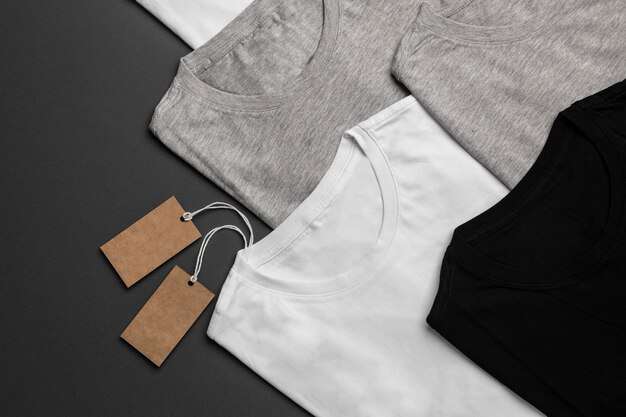
Let’s say you make an embroidered sweatshirt with a large back design. That’s an hour of stitching, three color changes, and heavy thread usage. You can’t charge $20 and expect profit. But charge $70, and you may price yourself out of your target market—unless your brand positioning justifies it.
In other words, embroidery pricing is a balancing act between time, materials, and customer expectations. It’s not always as lucrative as it looks unless you optimize every part of your process.
Myth #5: “It’s just embroidery. You don’t need branding to succeed.”
Here’s the brutal truth: No one needs another cute embroidered shirt.
The market is saturated with Etsy shops and Instagram brands offering florals, quotes, zodiac signs, pets, mushrooms, mental health affirmations—you name it, someone’s stitched it. Being technically good at embroidery is no longer enough to stand out.
To build a successful embroidery-on-demand business, you need:
-
A clear niche or aesthetic
-
A recognizable brand voice
-
Consistent photography and packaging
-
Engaging content strategy
-
Product storytelling

You’re not selling stitches—you’re selling emotion, identity, community. A well-branded embroidery shop that tells a story (e.g. “hand-embroidered pieces for introverts and daydreamers”) will always outshine a generic one offering “custom designs.”
Don’t skip the branding work just because you’re a maker. In this business, your story is stitched into every sale.
Myth #6: “You can just outsource the embroidery and focus on designs.”
Outsourcing embroidery is possible—and in some cases, smart. But it comes with a learning curve that beginners often underestimate.
Firstly, finding a reliable production partner who understands your quality standards, turnaround times, and willingness to work with small batches can be difficult. Many embroidery houses have minimum order quantities (MOQs), which contradict the very concept of embroidery-on-demand.
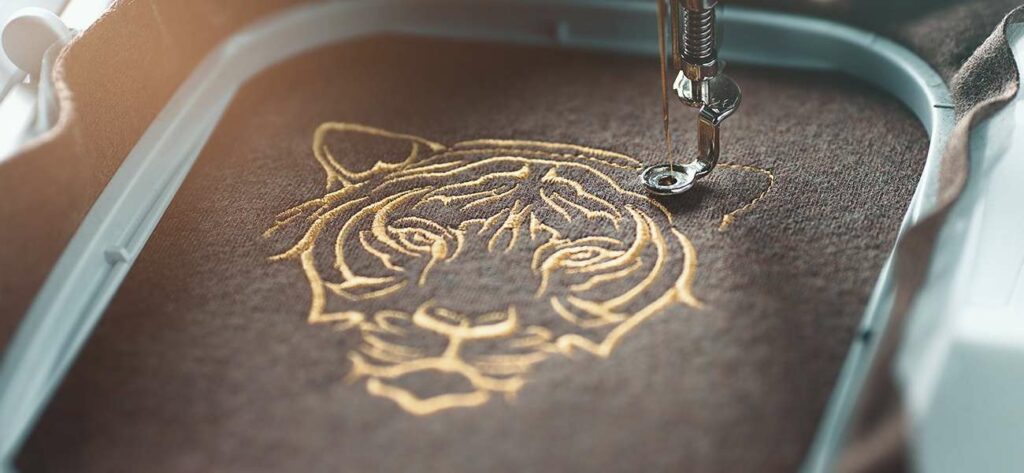
Secondly, you still need digitized files, mockups, and clear instructions. A miscommunication over thread color or placement can result in expensive waste and customer complaints.
Lastly, even if you outsource production, you’re still responsible for customer service, marketing, packaging, shipping (unless fully fulfilled), and post-sale support. It’s not a hands-off business unless you build a whole team around it.
If you plan to outsource from day one, you need strong systems, reliable suppliers, and airtight quality control processes—or your dream business can turn into a customer service nightmare.
Myth #7: “Sustainability is built-in because it’s made-to-order.”
Made-to-order production reduces inventory waste, yes—but that doesn’t automatically make embroidery-on-demand sustainable.
Embroidery involves:
-
Polyester threads (often non-biodegradable)
-
Plastic or paper stabilizers
-
High electricity usage from machines
-
Water usage for pre-treatment or washing
-
Carbon emissions from shipping (especially if you’re drop-shipping internationally)
That doesn’t mean embroidery is inherently bad for the planet—but if you’re branding yourself as “eco-friendly,” you need to do the work to earn that label.

This might include:
-
Using organic cotton or upcycled garments
-
Choosing water-soluble or biodegradable stabilizers
-
Minimizing plastic packaging
-
Offsetting carbon through shipping choices
-
Educating your customers on care for longevity
Greenwashing will bite you back. Today’s consumers are smart, and they read labels as closely as reviews.
Myth #8: “Embroidery sells itself because it’s cute and timeless.”
Aesthetics are important—but they’re just step one.
Even the most beautiful embroidered designs won’t sell if:
-
Your product photos are poorly lit
-
Your website is clunky
-
Your Instagram is inactive
-
Your pricing confuses customers
-
Your shipping policy is vague
-
Your SEO is nonexistent
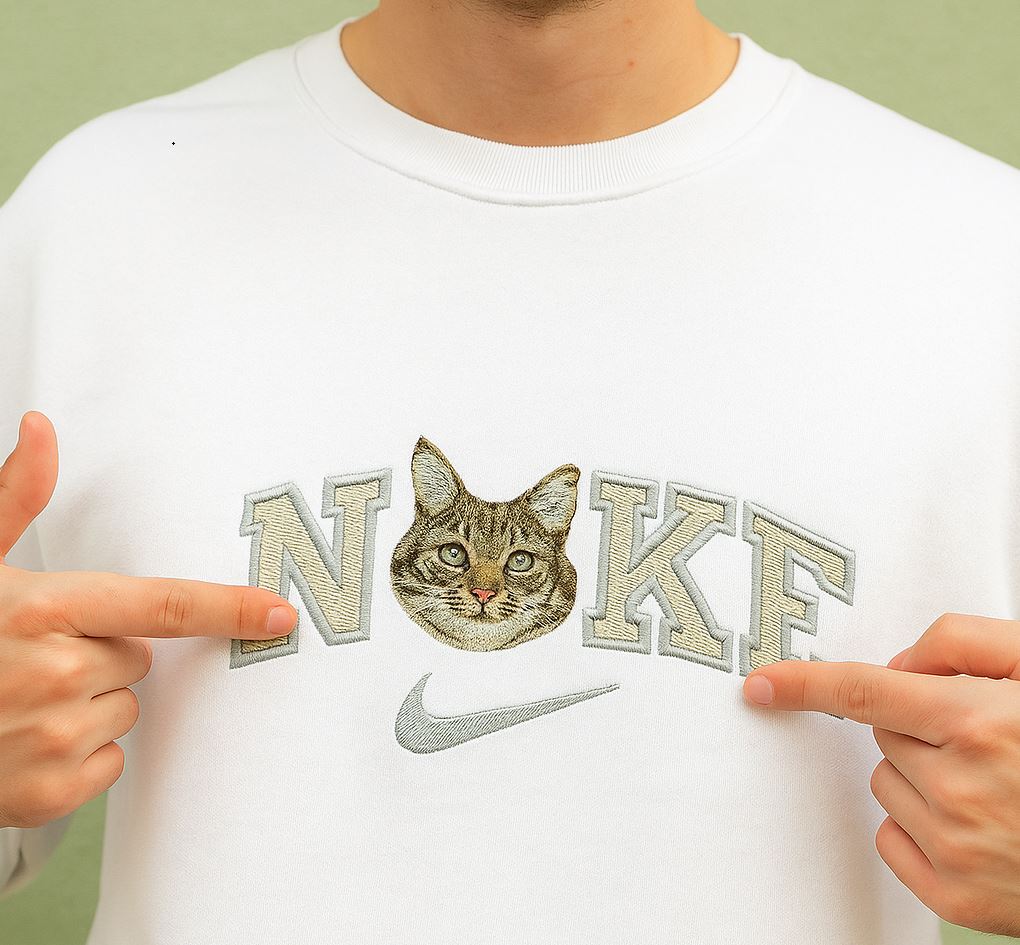
The embroidery business lives and dies on visibility. A well-stitched sweatshirt sitting in a forgotten Etsy listing is no better than one never made.
You need to treat your store like a living, breathing brand: post regularly, experiment with product drops, run seasonal campaigns, tell your story. The embroidery won’t sell itself—but your passion and strategy can.
Myth #9: “If I love embroidery, I’ll love the business.”
This is perhaps the most personal and painful myth.
Many makers enter the embroidery world because they genuinely love the craft. They find peace in stitching, satisfaction in precision, and joy in turning a blank canvas into art.
But turning your passion into a business changes your relationship with it.
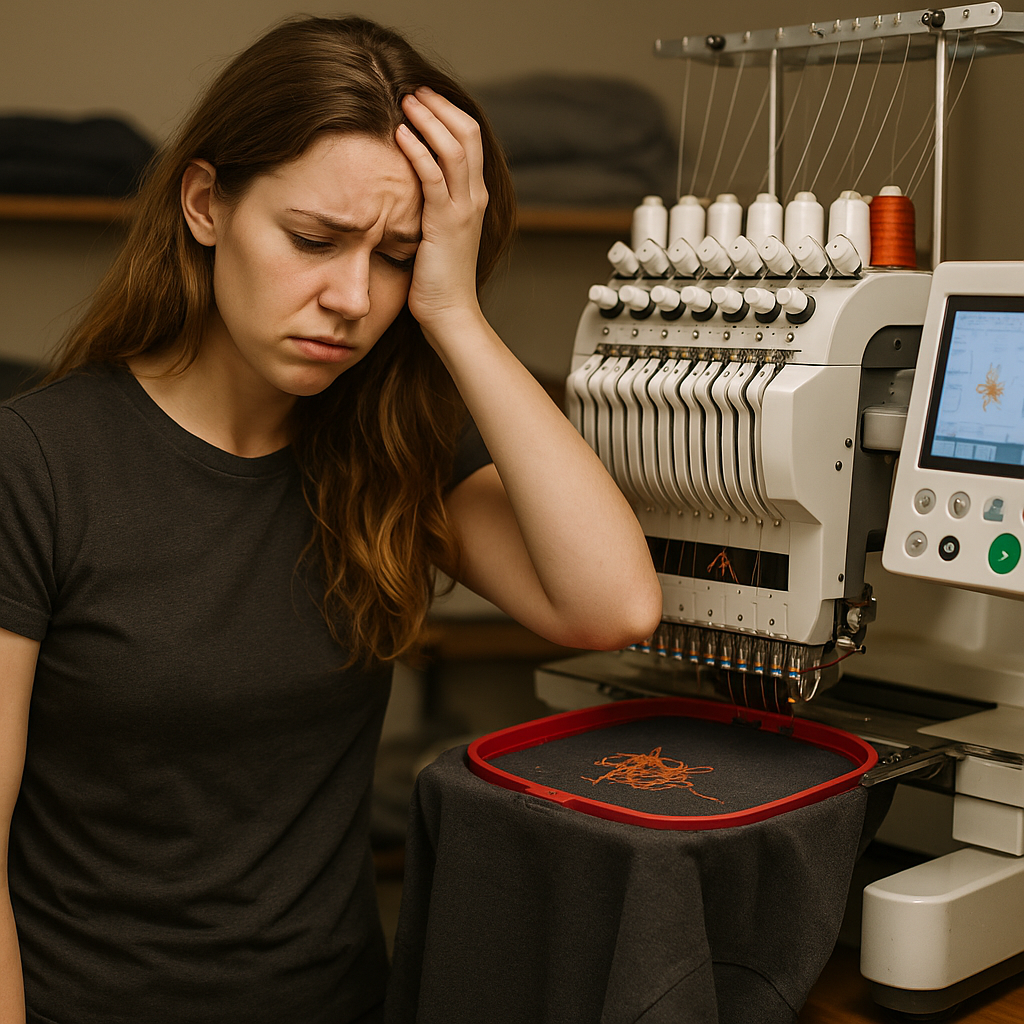
Deadlines will replace daydreams. Orders will pile up. That design you used to love? You might end up stitching it 200 times and never want to see it again. And suddenly, embroidery is no longer your creative escape—it’s your job.
That’s not necessarily a bad thing. But it’s worth acknowledging that running an embroidery business is wildly different from enjoying embroidery as a hobby. You’ll need systems, automation, outsourcing, and boundaries if you want to keep your creative fire alive.
Make room for joy, even as you scale. It’s the only way you’ll last in this business.
Final Thoughts: Unraveling the Truth
Embroidery-on-demand can be deeply rewarding. It’s tactile, soulful, creative—and if done right, profitable. But it’s not magic. It’s not passive. And it’s certainly not as easy as some YouTube videos would have you believe.
If you walk into this industry with clear eyes and steady hands, you’ll avoid the common traps that trip up so many beginners.
Build skills before building a storefront. Learn digitizing or invest in someone who has. Understand your materials, test everything, and get obsessed with quality. Build a brand, not just a product. And above all, find a rhythm that honors both your ambition and your creativity.
Embroidery has been around for thousands of years. It’ll be here long after the next trend fades. If you approach it with care and craft, your business can thrive—thread by thread, myth by myth, stitch by stitch.


